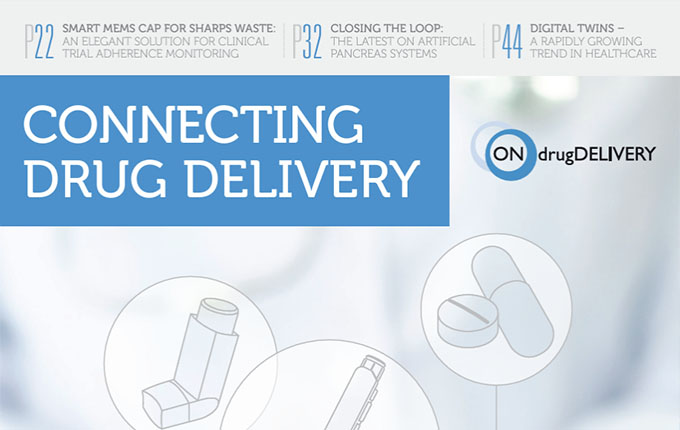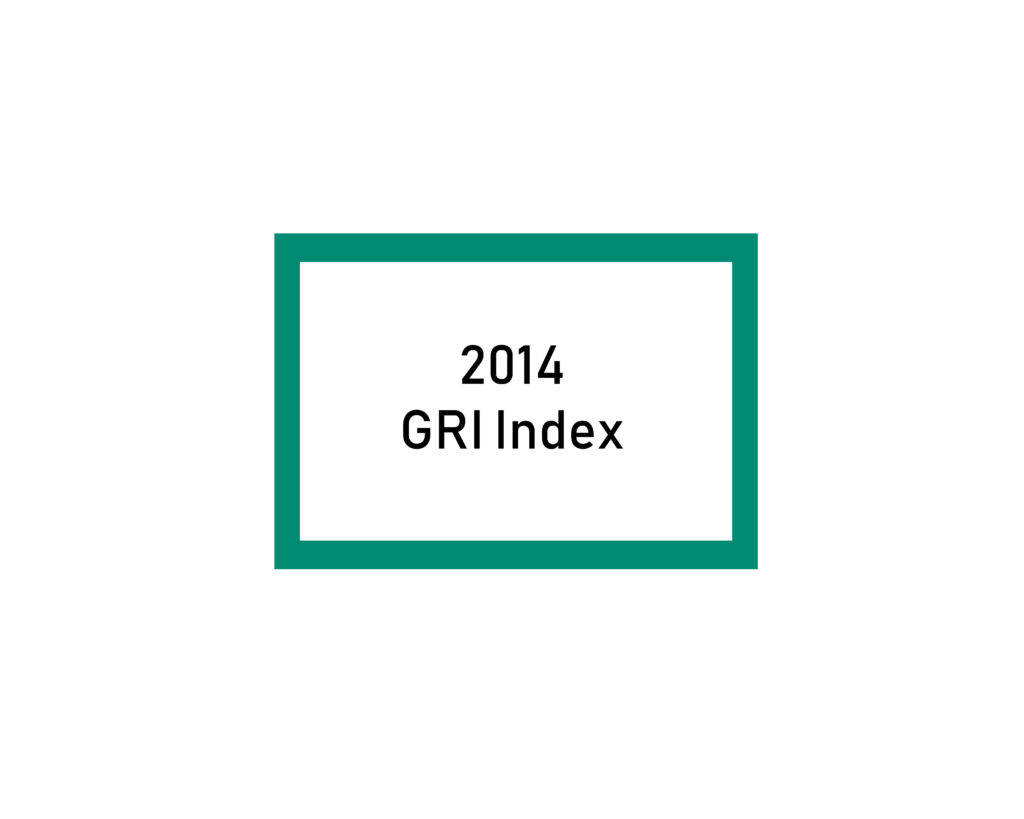The Role of Digital Health
To support patients in managing subcutaneous injections, pharmaceutical companies are increasingly turning to digital health solutions. These technologies can guide patients through self-administration, symptom management, and communication with healthcare providers. Building intuitive and scalable digital health solutions is essential to overcoming barriers to self-administration and ensuring that valuable therapies reach more patients in need.
Trends Driving Subcutaneous Administration
Three major trends are propelling the development and adoption of subcutaneous administration:
- Improved Clinical Efficacy and Cost-Effectiveness: subcutaneous injections deliver medication through fatty tissue rather than directly into the bloodstream, making the process less invasive and more comfortable for patients. Additionally, subcutaneous doses are typically smaller than IV doses, reducing the likelihood of severe side effects and allowing for quicker administration.
- Patient-Centered Care: subcutaneous administration can significantly reduce the time patients spend in clinical settings, offering a more convenient and less stressful treatment experience. As patients become more accustomed to self-administration, regular clinical visits may be limited to routine check-ups or acute care needs, contrasting sharply with the lengthy and often unpleasant IV infusion sessions.
- Reformulation of Existing Therapies: The development of new drugs is a costly and risky endeavor. Reformulating and repositioning existing immunotherapies for subcutaneous administration is a more feasible alternative, especially for rare conditions. This approach can lower development costs and risks while bringing effective treatments to market more quickly.
Barriers to Subcutaneous Administration
Despite its advantages, subcutaneous administration faces several challenges:
- Reorganization of Patient Pathways: The shift to subcutaneous injections may reduce the need for hospital visits, potentially decreasing healthcare providers’ opportunities to monitor patient progress and affecting revenue models based on patient volume.
- Reluctance to Change: Both patients and healthcare providers may resist transitioning from familiar IV administration to subcutaneous methods, perceiving the new approach’s drawbacks to outweigh its benefits.
- Unpredictability of Toxicity: The side effects of subcutaneous injections can be unpredictable and varied, requiring close home-based monitoring and potentially leading some patients to discontinue treatment.
- Data Management Challenges: The need to monitor and analyze large volumes of data from patients’ home-based subcutaneous treatments can be overwhelming for healthcare providers, especially if they are accustomed to direct patient observation during IV infusions.
Characteristics of a Patient-Centric Solution
Developing patient-centric solutions for subcutaneous administration involves several key features:
- Remote Monitoring: Enables healthcare providers to track patients’ adherence to treatment and monitor symptoms remotely, reducing the need for frequent clinic visits.
- Training and Onboarding: Provides educational materials and on-demand training to help patients and clinical staff understand the administration process and manage side effects effectively.
- Self-Management Support: Includes tools such as video tutorials and injection training devices to build patients’ confidence in self-administration, improving adherence and clinical outcomes.
- Smarter Data Utilization: Offers actionable insights to both patients and healthcare providers, minimizing the burden of sifting through large datasets for relevant information.
Collaborative Efforts in Digital Health
The partnership between Gerresheimer and Aptar Digital Health exemplifies the integration of digital health with subcutaneous drug delivery. Their collaboration aims to combine Gerresheimer’s Gx SensAir® device with Aptar’s digital health platform to provide real-time, actionable recommendations for patients. This integrated solution supports self-administration, facilitates communication with healthcare providers, and enhances the overall care experience by connecting with electronic health record systems.
Concluding remarks
The shift towards subcutaneous administration, supported by robust digital health solutions, promises to enhance the patient experience, improve medication adherence, and yield better clinical outcomes. By prioritizing patient-centric approaches and leveraging technology, pharmaceutical companies can overcome the challenges associated with subcutaneous administration, ultimately benefiting both patients and healthcare providers. As more therapies transition to subcutaneous administration, the collaboration between digital health and drug delivery systems will play a pivotal role in shaping the future of oncology treatment and chronic disease management.




